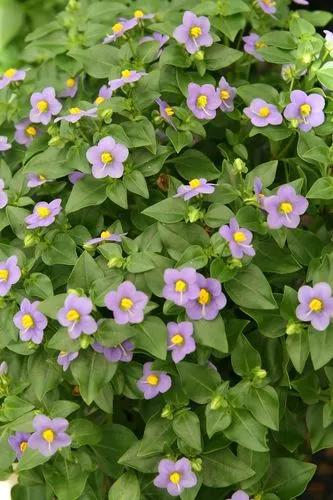Tulbaghia violacea Harv. (Alliaceae) is a perennial plant native to South Africa. Various preparations made of this plant are extensively used for the treatment of microbial infections. It was shown that the key antimicrobial compound of T. violacea is the thiosulfinate marasmicin (2,4,5,7-tetrathiaoctane-4-oxide) enzymatically formed upon tissue disruption. Antimicrobial activity of marasmicin was evaluated (MIC 4–64 μg/ml) and compared with that of allicin (MIC 4–32 μg/ml), the prominent bioactive compound of garlic (Allium sativum). An HPLC method was developed and used for quantification of marasmicin in various Tulbaghia preparations. It was found that the content of marasmicin can be dramatically affected by storage conditions and subsequent treatment of the plant material. To achieve significant antimicrobial effects, it is essential to avoid exposing the plant to elevated temperatures (e.g., during drying). To maximize marasmicin formation, it is advisable to use freshly gathered plants and homogenize them in water as finely as possible. Extracts of T. violacea should be kept at low temperatures to retain their antimicrobial activity.
Society Garlic Care
Tulbaghia Violacea



How to Care for the Plant

Water

Once established, society garlic is very drought tolerant.Water regularly through the growing season.Allow the top 3″ inches of soil to dry and then water deeply.During the winter months, reduce or cease watering.

Pruning

Trim back dead leaves and flowers.

Fertilizer

Fertilize society garlic using a granular general purpose fertilizer annually in the early springtime.

Sunlight

The society garlic plant grows in partial shade, but flowering will be sparse.For best performance, place these society garlic flowers in full sun.

Soil

Society garlic needs good drainage to prevent root rot.The best is a light, organically rich, well-draining soil. When rhizomes become crowded, lift them and divide them to propagate more plants.

Temperature

This remarkably hardy plant can tolerate both drought and cold temperatures.It’s also capable of tolerating light freeze and frost. The overwintering temperature should be between 40° – 50° degrees Fahrenheit (4° C – 10° C).

Popularity

1,633 people already have this plant 237 people have added this plant to their wishlists
Discover more plants with the list below
Popular articles






